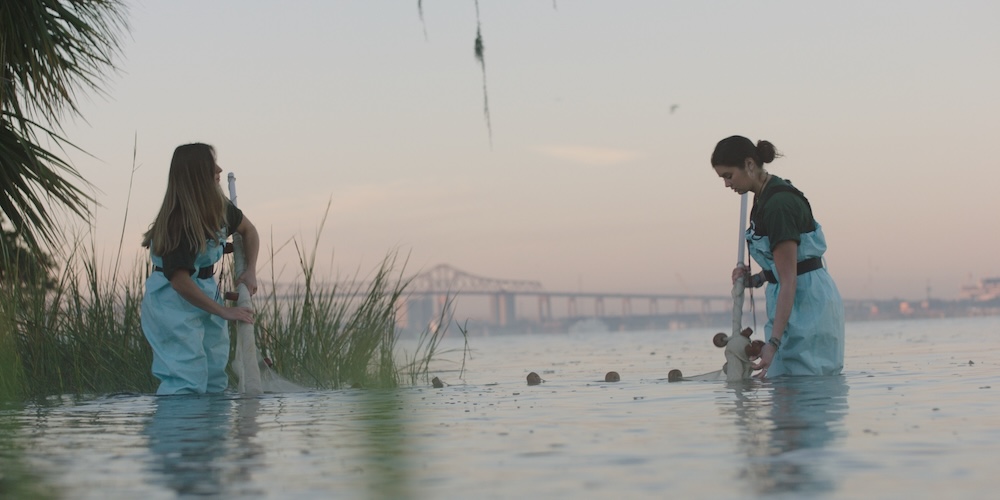It is hard to believe that events in the eastern South Pacific along the western coast of South America impacts our weather and the St. Johns River, but it does. And this is going to be a long, hot, dry summer because of it. At least that is the prediction based on weather patterns seen in the past.
The phenomenon is caused by what is now called “La Nina.” The name is Spanish for “little girl” and is the opposite of “El Nino” which means ‘Christ Child.”
El Nino was recognized many years ago as a periodic event when the eastern South Pacific waters warmed in the late fall, resulting in increasing rainfall. That rain was welcomed by the farmers and fishermen because of the timing near Christmas, they named it “El Nino” as a gift from the Christ child.
We have come to understand that the El Nino event was tied to another weather event called the Southern Oscillation, where the warmer water in the western Pacific would shift to the east and effectively shut down the normal cold-water upwelling that occurs along western continental coasts. Today, we connect the two and refer to it as ENSO, or El Nino Southern Oscillation.
The timing and actual cause of ENSO is not completely understood but recognizing the environmental conditions does help to predict world-wide weather patterns.
For instance, we are on the third consecutive La Nina year. Since it is an annual occurrence, finding patterns that may occur over multiple years is complex and can take decades of data. While we are used to solving intricate murder mysteries in an hour long CSI program, that is not the reality of science. Science takes time.
Much of the satellite technology that we are used to seeing on the evening news, and more recently being available instantly on our phones, is relatively new and evolving at a mind- boggling pace. Who knows what the future might hold? As always, we must look backwards to try to understand the future.
That is where we get the prediction that when we have seen similar La Nina pattens, it has meant long, hot, and dry summers. It has also meant an increased number and intensity of hurricanes.
Right now, we are seeing warmer than normal water temperatures in the St. Johns River, and higher than normal salinities due to the lack of rainfall. But that can change quickly. Remember hurricane Irma in 2017 and the catastrophic impact of all that precipitation on the river. Even that phrase “normal” is changing, as we are impacted by climate change and sea level rise.
So, while it is hard to believe that events in the eastern South Pacific impacts our weather and the St. Johns River, it does. And maybe one day we will understand why.
Glad you asked River Life.
We have been seeing what looks like little tubes of fiberglass along the beaches and on the banks of the St. Johns River near the mouth? Is it pollution?
We have received several reports about these tubes being found. It is most likely the shells of sea butterflies. These tiny mollusks are pteropods, meaning winged feet. Sea butterflies are named because of the two wing-like flaps they use to swim. Sea butterflies are planktonic and are found in ocean waters around the world. Like other mollusks, their shells are made from calcium carbonate. They can be extremely numerous when they do occur, and their swimming does remind you of small butterflies in the water. River Life runs the first Tuesday of each month in The Times-Union. E-mail Quinton White, executive director of Jacksonville University’s Marine Science Research Institute, with questions about our waterways at qwhite@ju.edu. For more on the MSRI, visit ju.edu/msri.


